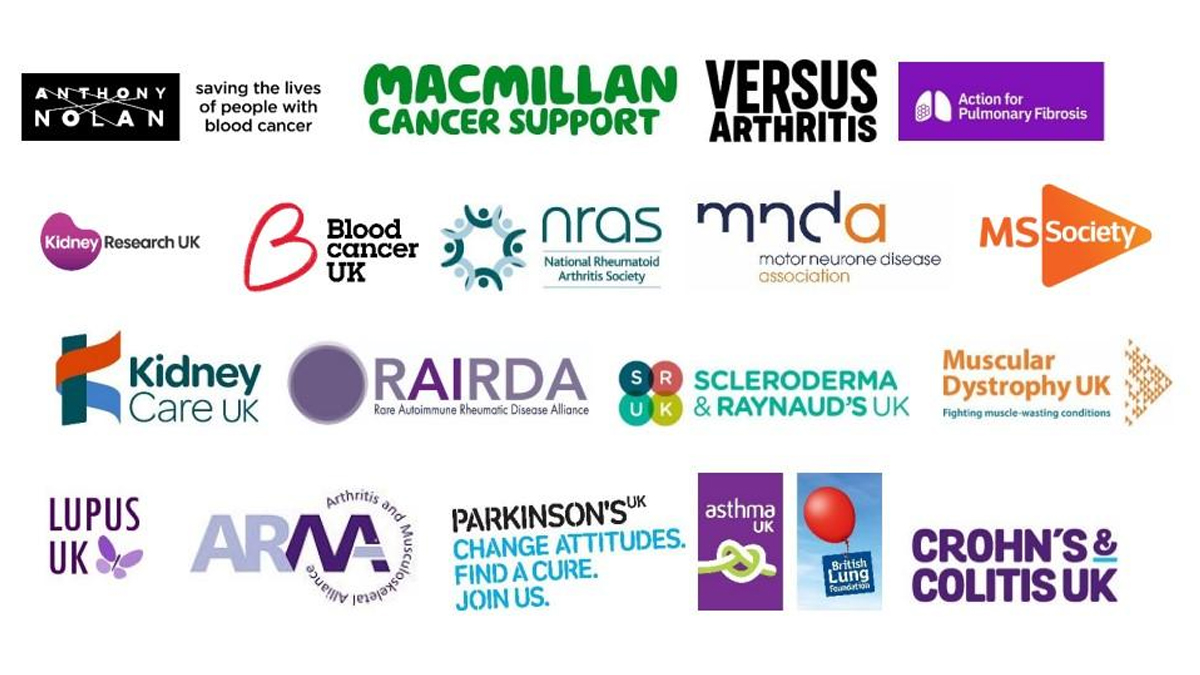Oxford University has long been recognised as a leader in global medical innovation, with its scientists contributing to life-saving treatments and groundbreaking discoveries. The development of the Oxford University ovarian cancer vaccine marks another potentially historic milestone in cancer research.
Ovarian cancer remains one of the most challenging cancers to diagnose and treat, often referred to as the “silent killer” because symptoms can be subtle and easily overlooked. If successful, this vaccine could transform outcomes for women worldwide, offering new hope in the fight against a disease that claims tens of thousands of lives each year.
Understanding Ovarian Cancer
Ovarian cancer occurs when abnormal cells in the ovaries begin to grow uncontrollably, forming tumours that can spread to other parts of the body. It is the fifth most common cause of cancer-related deaths among women in the UK, and its survival rates remain lower than many other cancers.
One of the biggest challenges in treating ovarian cancer is its tendency to be diagnosed at a late stage. Symptoms such as bloating, abdominal discomfort, and fatigue are often mistaken for less serious conditions. Standard treatments, including surgery and chemotherapy, can be effective, but recurrence is common, making the search for better therapies urgent.
The Oxford University Ovarian Cancer Vaccine Project
The Oxford University ovarian cancer vaccine is the result of years of collaborative research between oncologists, immunologists, and molecular biologists. Building on the university’s expertise in vaccine development—demonstrated most recently during the COVID-19 pandemic—the research team has applied advanced immunotherapy principles to target ovarian cancer cells specifically.
The project is supported by both public and charitable funding, with key input from cancer research foundations and patient advocacy groups. This combined effort ensures the vaccine’s development is scientifically rigorous, ethically sound, and patient-focused.
Clinical Trials and Research Findings
:max_bytes(150000):strip_icc()/GettyImages-487041745-5a5621df89eacc003785712e.jpg)
Before a cancer vaccine reaches the public, it undergoes a series of clinical trials to evaluate its safety and effectiveness. The Oxford University ovarian cancer vaccine has completed extensive preclinical testing in laboratory and animal models, demonstrating its ability to stimulate a strong immune response against ovarian cancer cells.
Early-phase human trials have begun, focusing on determining the safest dosage, monitoring side effects, and assessing early signs of efficacy. Preliminary results are promising: patients have shown increased immune activity against tumour-specific markers, and no severe adverse effects have been reported so far.
How the Vaccine Works
Unlike traditional chemotherapy, which directly attacks rapidly dividing cells (both healthy and cancerous), the Oxford University ovarian cancer vaccine works by training the immune system to recognise and destroy cancer cells. It does this by presenting tumour-associated antigens—unique proteins found on ovarian cancer cells—to the immune system in a way that triggers a targeted and lasting immune response.
This approach not only aims to eliminate existing cancer cells but also to provide long-term protection against recurrence. In some cases, the vaccine may be used alongside conventional treatments, such as surgery or chemotherapy, to enhance overall effectiveness.
Potential Benefits and Challenges
One of the main potential benefits of the Oxford University ovarian cancer vaccine is its ability to address the high recurrence rate of ovarian cancer. By “teaching” the immune system to continually search for and destroy cancer cells, it may reduce the likelihood of the disease returning after treatment.
However, challenges remain. Regulatory approval processes can take years, and large-scale phase III trials will be necessary to confirm efficacy across diverse patient populations. Funding is also a factor; while research has been well-supported so far, future stages will require significant investment to bring the vaccine to market.
Global Impact and Future Prospects
If proven successful, the vaccine could revolutionise how ovarian cancer is treated worldwide. It has the potential to be administered to women at high genetic risk—such as those with BRCA mutations—as a preventative measure, as well as to those already diagnosed, to prevent recurrence.
Oxford University continues to collaborate with research centres globally, ensuring the technology can be adapted to different healthcare systems. Furthermore, the lessons learned from developing the Oxford University ovarian cancer vaccine could inform vaccine strategies for other hard-to-treat cancers, including pancreatic and lung cancer.
Conclusion
The Oxford University ovarian cancer vaccine represents a bold and promising step forward in oncology. While it is still in the trial stage, early results suggest that it could significantly improve survival rates and quality of life for women affected by ovarian cancer. Continued support, funding, and participation in clinical trials will be essential to turning this potential into reality.
This innovation stands as a testament to Oxford University’s dedication to advancing medical science and offering hope to patients facing one of the most difficult cancer diagnoses.
FAQs
What stage is the Oxford University ovarian cancer vaccine in?
It is currently in early-phase human clinical trials after successful preclinical testing.
How does the vaccine differ from other cancer vaccines?
It specifically targets tumour-associated antigens unique to ovarian cancer cells, aiming to stimulate a precise and lasting immune response.
Could this vaccine prevent ovarian cancer in healthy women?
In the future, it may be offered to high-risk women as a preventative measure, but this will depend on trial results.
When might the vaccine be available to the public?
If trials continue to show positive results, it could be available within the next 5–10 years, depending on regulatory approval.
Are there any known side effects from trials so far?
Early trials have shown minimal side effects, mostly mild flu-like symptoms, but research is ongoing to confirm long-term safety.
You may also read: Celebrity news death: Latest updates, tributes, and public reactions




